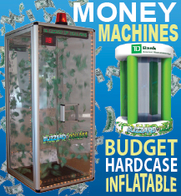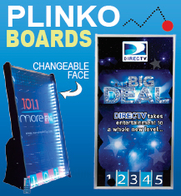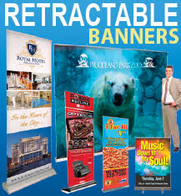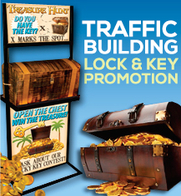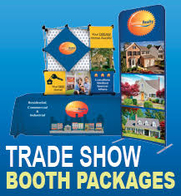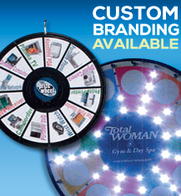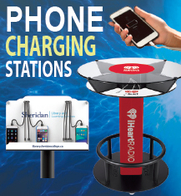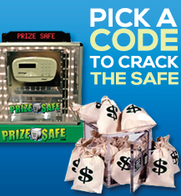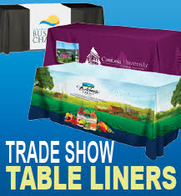 The secret to exhibit success lies in your ability to focus all your resources on a single, achievable and measurable goal. But there are situations where focusing on one goal may mean lost opportunities, particularly when you are exhibiting at B to C (Business to Consumer) shows.
The secret to exhibit success lies in your ability to focus all your resources on a single, achievable and measurable goal. But there are situations where focusing on one goal may mean lost opportunities, particularly when you are exhibiting at B to C (Business to Consumer) shows.
Typically exhibitors who participate in shows that attract the end user, focus on selling products, setting appointments or writing orders. None of these are bad and for many companies provide an immediate method of gauging success. The opportunities that may be slipping through your fingers are with those attendees who are not ready to buy your product or commit to the appointment and need more time before placing an order.
To address this challenge we need to go back to the beginning and look at your marketing plan. When you developed your plan to bring your products and services to the market , surely you weighted the pros and cons of each marketing tool. Some of these tools include; print, e-marketing, social media, direct mail, brochures, trade shows and events. In addition you had undoubtedly considered adding special events to your rostrum of activities. These might have included: open houses, seminars, newsletters and special discounts.
Now, the next step is to integrate all your marketing tools to support the events you are planning. For example if you are planning an open house you may be printing invitations and mailing them to a pre-qualified list. If you are offering a special discounted price you may be considering an e-mail blast.
You can tie these marketing activities into your exhibit planning when you include as a secondary objective, attracting visitors to attend one of your other marketing events.
For example if a visitor at your booth is not prepared to buy now and you have assessed that there may be long term potential, why not invite them to a tour of your facilities or an educational session? Your secondary objective could be as simple as building a data base of interested people who will receive your newsletter.
In order to realize this additional benefit of participating in a trade show you need to carefully plan your approach. Here are the steps you need to take.
- Plan a post show event within 20 – 30 days after the show. This way you can promote the events and they will stay fresh in your visitor’s mind.
- Promote the event at your booth. This could take the form of a poster or sign-up sheet.
- Create a profile of the people who will get the biggest benefit of attending this event and train your booth staff on how to identify these people and qualify them.
- Develop a lead sheet, so that your staff can record the visitor’s information as well as additional bits of information that will help you target your post-show marketing.
- Ask for the commitment. If they have agreed to purchase your product, after the sale is completed invite them to a post-show event. If they are qualified but are reluctant to finalize the sale immediately, you can invite them to your post-show event. If you don’t ask, they won’t volunteer.
- Follow-up with these people immediately after the show to remind them of the upcoming event or the date of the release of your newsletter.
When you look at your marketing plan as a holistic component of your business success and you move away from focusing on one show at a time, you will achieve better results. Studies have proven that when you add this secondary objective to your exhibit plans, your ultimate show related return on investment could grow as much as 50 – 60% and that’s well-worth the effort.
About the Author
Jon Edelman provides exciting trade show marketing ideas, including advice about prize wheels, customizable scratch-off cards, money blowing machines, and other exciting trade show attractions. With years of experience in the trenches, he is an expert on booth displays, lead generation techniques, and networking with trade show vendors. Helping to build a referral-generating system, his ideas continuously lead to a boost in sales and revenue.








